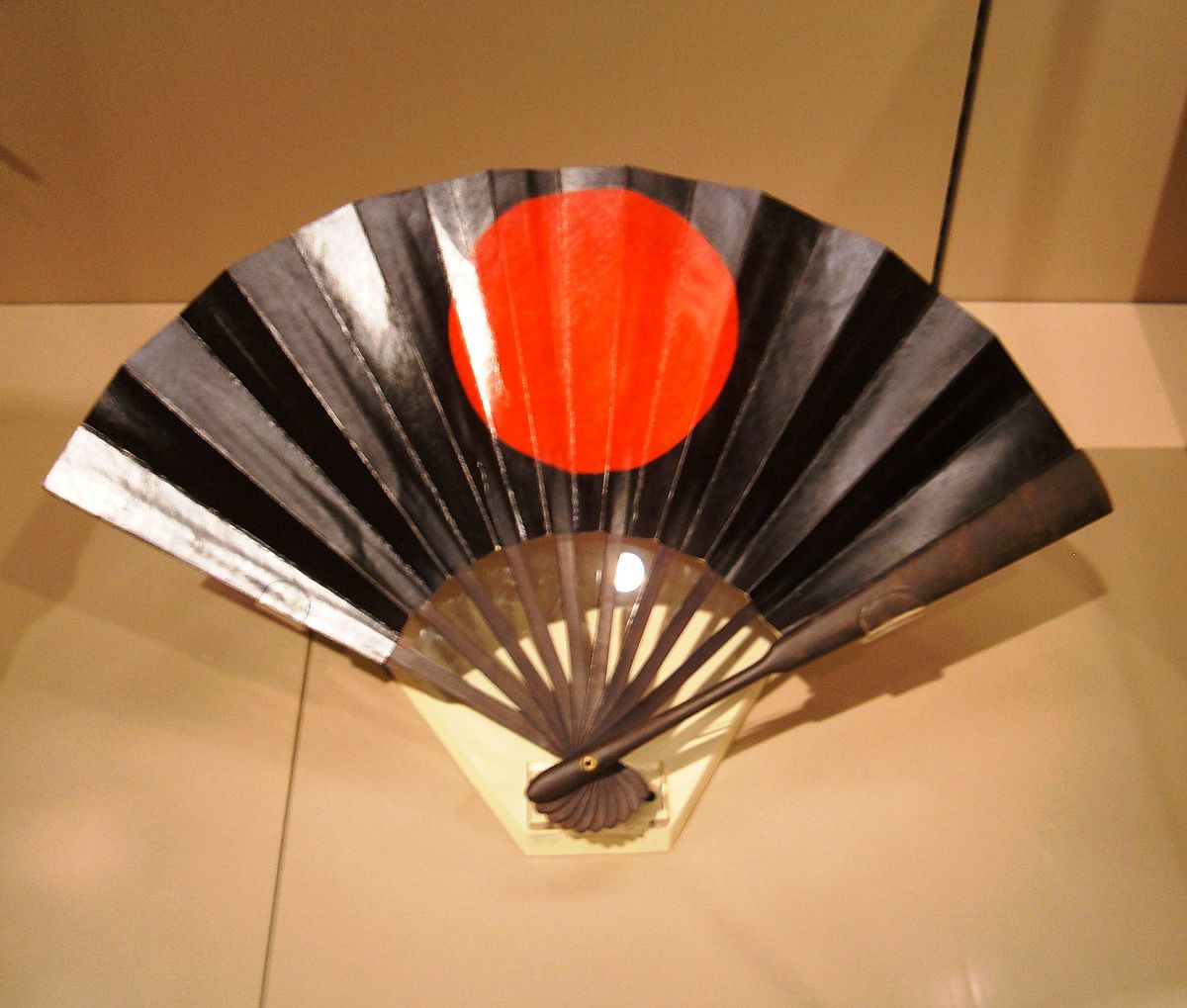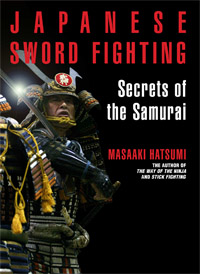Secrets Of Samurai Pdf
NOVA Online Teachers Classroom Activity Secrets of the Samurai Sword PBS Secrets of the Samurai Sword Classroom Activity Activity Summary Students explore the characteristics of metals and produce a series of posters on different alloys, outlining their properties and how they are used. Learning Objectives Students will be able to:. locate metals on the Periodic Table of elements. identify the properties of some common metals.
Secrets of the samurai tuttle publishing, secrets of the samurai is the definitive study of the martial arts of feudal japan, explaining in detail the weapons, techniques, strategies, and principles of combat.
define what an alloy is. explain how alloys can be used to produce objects that are used in homes and in industry. world map. ancient time line (spanning 2500 b.c. To present day). copy of the 'Mixed-Up Metals' student handout ( or ).
copy of the Periodic Table (with element names included). samples of different types of metals and alloys, including aluminum foil or lead sinkers (metals), and stainless steel, solder, or brass (alloys). 18-inch x 24-inch poster boards. markers. paper glue. self-stick notes Background More than 75 percent of the elements in the Periodic Table are metals. They are characterized by a metallic shine or luster, malleability and ductility (i.e., they can be worked with or drawn into thin sheets or wires without breaking), and conductivity (they are good conductors of heat and electricity).

They are usually solids at room temperature (except for mercury). All metals have relatively high densities. Two or more metals combined create a metal alloy. In an alloy, the atoms of each metal are intermixed. While samurai swords are made of metal alloys (high- and low-carbon steels) the swords themselves are bimetallic, a condition in which the metals are bound together but not intermixed as they are in an alloy. The steel of a samurai blade is heated and repeatedly folded and beaten until the forge-welded steel forms the blade. Each layer is only a quarter of a micrometer thick.
Wrapping the high-carbon steel around a low-carbon steel creates a hard, but flexible, blade. Samurai sword blades produced a thousand years ago represent the pinnacle of swordmaking. Yet the Japanese craftsmen who made them had no instruments to precisely measure the temperature or the carbon content of steel. Instead of depending on instruments to guide them, samurai sword makers dedicated their lives to their work, relying on decades of experience to determine when each stage of the swordmaking process was complete. For instance, the heat-treating and forging temperatures were determined and set by holding the blade of the sword up to the morning sun to determine its iridescent color. The knowledge was passed down through the centuries from master to apprentice.
In this activity, students explore the nature of metals and their alloys. An alloy is a mixture of at least two metals but may also include other elements.
When metals are combined with other elements, the nature of the mixture has very different properties than the individual components. For example, pure iron is too soft to use to make knives. But if carbon is added, the alloy becomes hard enough to sharpen. And if chromium is added the alloy becomes corrosion resistant.
The result is stainless steel. Assemble samples of as many metals and alloys as you can prior to beginning the activity for students to examine. Construct a class table on the board with the following headers:. Name/Symbol. Color. Melting Point.
Density (g/cm 3). Primary Use. Other Properties. Cost per Gram. Organize students into teams. Provide a sample of each type of metal or alloy you have collected to each team. Ask students to examine the samples and discuss what the samples have in common and how they are different.
(Many of the samples will have a similar luster and hardness. Differences include color and hardness; some metals, like lead and solder, are soft and easily deformed, while others, like the stainless steel alloys, are rigid and strong.). Have teams refer to a Periodic Table.
Ask them to find their samples on the table. They will soon discover, or they may already know, that some of samples cannot be found on the Periodic Table (such as stainless steel, brass, or solder) because they are alloys (mixtures of metals, not a single element). Once the section that contains metals on the Periodic Table has been identified, ask students to think of some metals that they know about and find them on the table.
What do students notice about the occurrence of metals on the table? (Students might mention that the table is mostly made up of metals, that they are mostly clustered in the middle, or that they are arranged into different groups.).
Assign a metal to teams. Give them some time to find information that is missing from the class table. (See Links and Books for resources on the Periodic Table.).
Have students record their results in the class table and have a discussion that examines the properties of metals including:. What properties are similar for all metals?.
What properties are different for metals?. How many metals are used in their pure form?. Once students have come to discover that most metals are not manufactured in their pure form (in fact, very few metals occur uncombined in nature) have them begin their investigation into alloys. Distribute the student handout and other materials. Assign one of the following alloys to small teams of students or let teams choose one to research:.
brass. bronze. cast iron. carbon steel. pewter. solder.

Code Of The Samurai Pdf
sterling silver. stainless steel.

wrought iron. Give sufficient time for students to complete their information gathering process and to produce their posters. Put a blank world map and the time line in a place where students can add information to them. Have each team present its research to the class, putting a self-stick note on a world map and time line to locate where and when the earliest evidence for the alloy occurred. To conclude, have students make a class list of alloys that they come in contact with in their daily lives. ( Students will mention alloys such as brass, cast iron, wrought iron, and others.).
To illustrate a real-world example of how engineers test metal alloys for toughness, show students the portion of the program at right (2:56) that illustrates how both small samples and large structures are tested in university labs. As an extension, have students pick an alloy, and research how it is produced. Ask students to write a one-page summary that includes the percentage of metals that comprise the alloy, where the metals are found in nature, and the process needed to make the alloy. Specific properties of metals (hardness, density, conductivity, malleability) determine how they are used and applied in household products and in industry. Gold is used for very delicate circuitry because it is so malleable and can be beaten into sheets just a few molecules thick. Sometimes cost is a major factor.
Gold and silver are better conductors of electricity but are too expensive to use for ordinary wire so copper is used. Both copper and silver are too expensive to make coins from, so alloys of zinc and copper are used. Basic facts for each alloy are provided below. Evidence for earliest use may vary as not all researchers agree about where and when each alloy was first used. Accept all reasonable answers.
Steve Nison’s Secrets were revealed in his DVD ( 5.5 hrs) workshop that introduce you to a more advance technical trading techniques that will improve you to come out of the winning side of the trade. He revealed the secret he called the secrets of the Orients. Basically, that of the Japanese secrets which was used by Samurai’s many years ago.
It’s a combination of getting the golden treasure which is trading beyond the basic. Learning has two sections. The first is the gate and next section is what he called the house. Before you get to the house, you first get into the gate.
Here in the gate, he will teach you the new refined and enhanced ways of trading using candle charts for a much higher success. He will uncover the one rule every candlestick ignores and when to ignore a candlestick. He will also teach you profits methodology and learn the six principles every candles stick trader should know. This very comprehensive SECRETS TO Becoming A Samurai TRADER: Advanced Candlestick Charting Techniques will help you to get loaded with methods and techniques to become a pro. This groundbreaking DVD Course is so powerful together with its maximum precision and effectiveness.
Secrets Of The Samurai Pdf
Also, this comes with a special bonus: over 20 extra charts with around 50 in depth interactive questions with answers test that wll help refine you trading skills using the candlestick techniques.